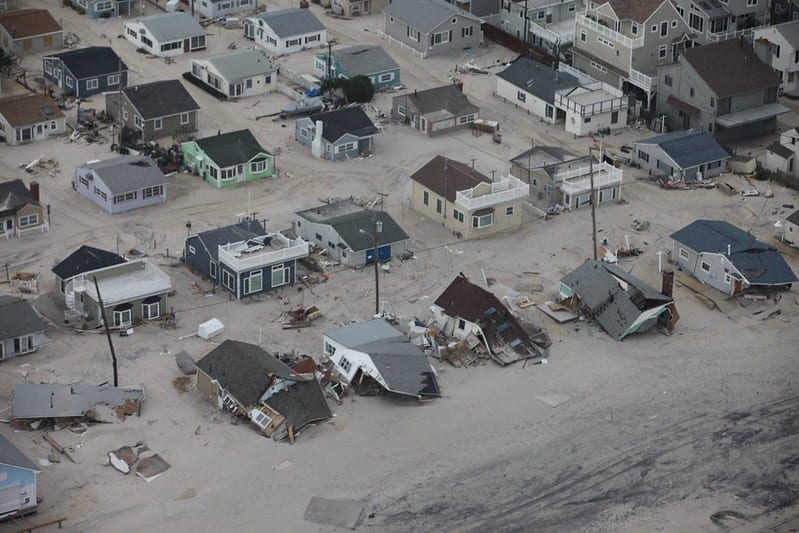
Climate change seems to be ubiquitous in discourse and general discussions in recent years, with conversations surrounding “increasing frequency and severity” dominating the debate. Hurricanes, tsunamis, severe winter storms, wildfires, heat waves and droughts all impact lives and livelihoods –– but have we truly considered the extent of this influence?
Statistics and data reporting on the lives lost and damages incurred in the immediate aftermath of a disaster tend to exclude intermediate- and long-term repercussions that continue for days, weeks, and even months post-event. According to a study published in Nature Medicine in August 2023, the death toll six weeks following a storm increased 2- to 4-fold in some counties, suggesting the figures initially reported as a consequence of the storm were undercounted, and thus, not an accurate representation of the loss of life.
Furthermore, adverse health ramifications extend beyond those who were tragically killed due to a climate-related disaster. Reports indicate the number of emergency room visits for injuries and health complications related to major storms increased significantly in the weeks following a disaster. Likewise, data on deaths and injuries related to wildfires and droughts have not been extensively researched, since these events are generally spread out over a lengthier duration, making statistical analysis complex and challenging.
By Nehal Rowhani
